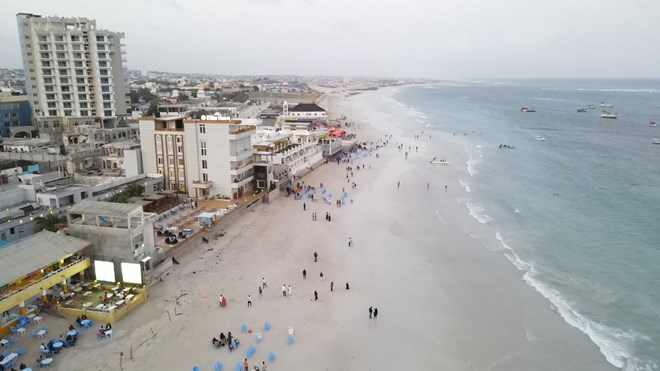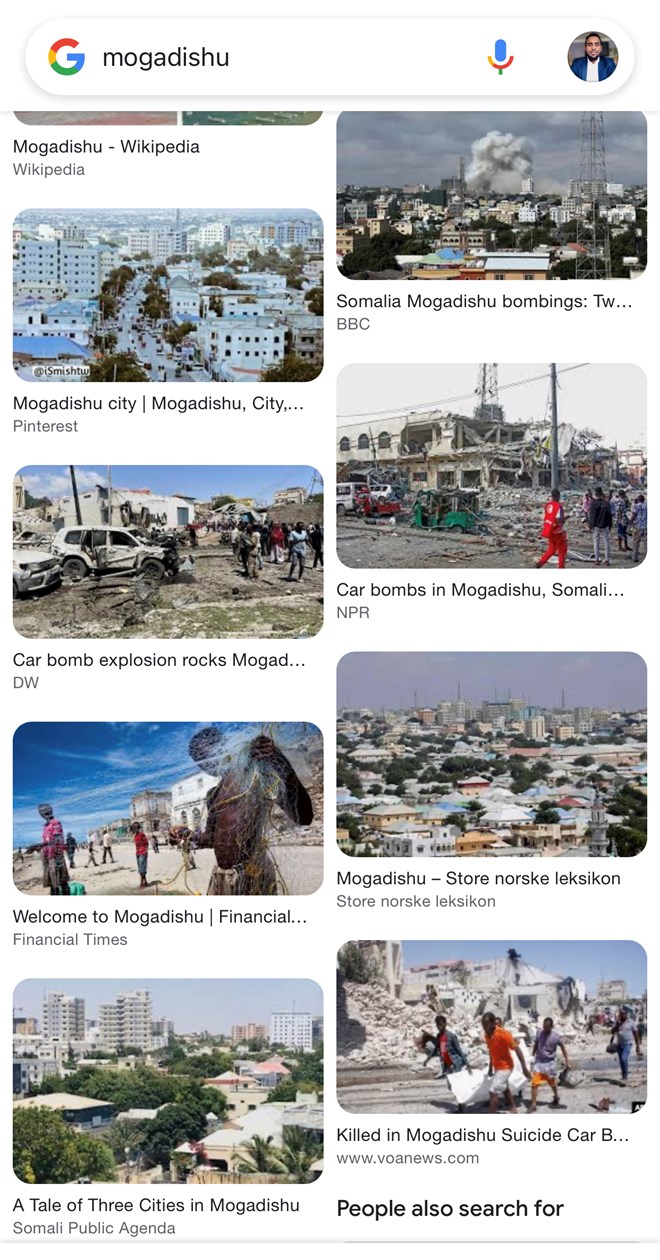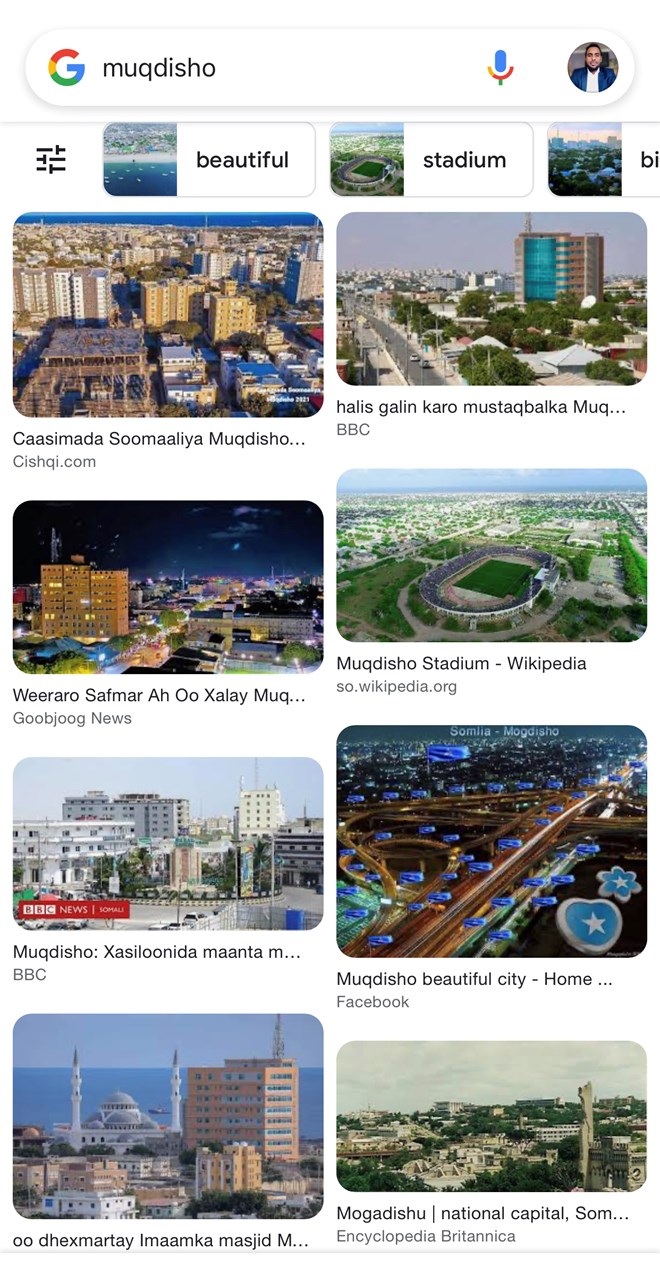Saturday December 31, 2022
By Moulid Hujale

If you search “Mogadishu” on Google, you will be flooded with horrible news headlines and graphic photos of death and destruction, mainly propagated by negative western media coverage which sees Somalia through a prism of war and terror.
It is time for this dangerous single story to change. I encourage readers to go beyond the clickbait headlines and delve deeper into the nuances of the stories they read about my home country.
To the outside world, Somalia is the “most dangerous” country, but to millions of other Somalis and me, it is a home and our future. The negative portrayal of the western media has not only shaped the perception people have about our country but is also hampering our efforts to recover as a nation.
It is discouraging businesses from investing, including the Somali diaspora, which plays a key role in the reconstruction of Somalia.
There is no doubt that Somalia is facing a tremendous security challenge. For 30 years, civil war and violence have plagued the Horn of Africa country, from warlords and rival clans to terrorist organisations that continue to spill the blood of the Somali people.
However, you will only appreciate the other side of Somalia when you come and see it for yourself.

Welcome home
I recently returned to Somalia after a long time, and I must admit, it takes courage to make the journey back home, but it is worth it.
Everyone including my family advised me against going to Somalia, but I insisted with a heavy heart. I had a tense feeling throughout the flight, but on approach to Aden Adde International Airport, the sense of nervousness was quickly replaced by the sight of the most beautiful landing view I have ever experienced! A pristine beach stretches along the runway and a magical reflection of the blue sky, juxtaposed with bright sunlight, kissing the waves of the Indian Ocean.
The airport is relatively small, and the queues can be long and chaotic, but there is law and order.
“Welcome home,” a young bespectacled immigration officer with a quintessential Somali afro haircut told me as he handed my passport back. “Mahadsanid walaal,” (thanks brother) I replied and rushed to get my luggage. On the road to my hotel, almost everyone I saw was wearing a white thobe, walking in groups. It was more like an Eid celebration, but this is the mood on Fridays in Muqdisho. Businesses are closed, and there is less traffic on the roads. Everyone I saw was happy.
It is those happy faces who know well the secrets of the city. Most have never left the country; they witnessed all forms of horrors and lived through hell. Yet they still keep a straight face, knowing very well how far they have come and the light at the end of the tunnel. We don’t hear their stories.
Reclaiming our narrative
For instance, the inspiring story of 24-year-old Hanna, who told me about how she paid for her university fees by growing vegetables on her family farm outside the capital. “I studied Agriculture,” she said. “Farming was both a practical experience and a means to pay for my fees,”
On a good harvest, she could sell enough to save for her fees and keep the surplus for domestic use. She plans to scale up her farming business and help eradicate poverty in Somalia.
Everywhere you go in the capital, you will find incredible young people with extraordinary stories of survival, success, and determination. But we don’t hear their stories. The media reports the explosions that “rock Mogadishu” but they don’t follow up to report on the resolve of the people who, almost simultaneously, bury their loved ones and start picking up the broken pieces to rebuild their lives.
Nevertheless, young Somalis are now reclaiming the narrative about their country and using social media platforms such as Instagram, Twitter, TikTok and Facebook to showcase the other side of Somalia the media does not show.

A challenge for Africa
If you want to see their side of the story, type #Muqdisho (Somali spelling for #Mogadishu) on Google and see the kind of images that come up. While the English version, “Mogadishu,” brings photos of broken buildings and explosions, the Somali version, “#Muqdisho,” shows you beautiful images of new buildings, vibrant markets, inspiring people, paved roads and aerial shots that depict the hopes and aspirations of the Somali people.
It is an uphill battle to change the negative stereotypes that the media has been feeding the world for the last 30 years. This is a challenge for not only Somalia but also for the African continent. It is time we tell our own stories.
--
Moulid Hujale is a Freelance Journalist. He can be reached on Twitter @MoulidHujale.